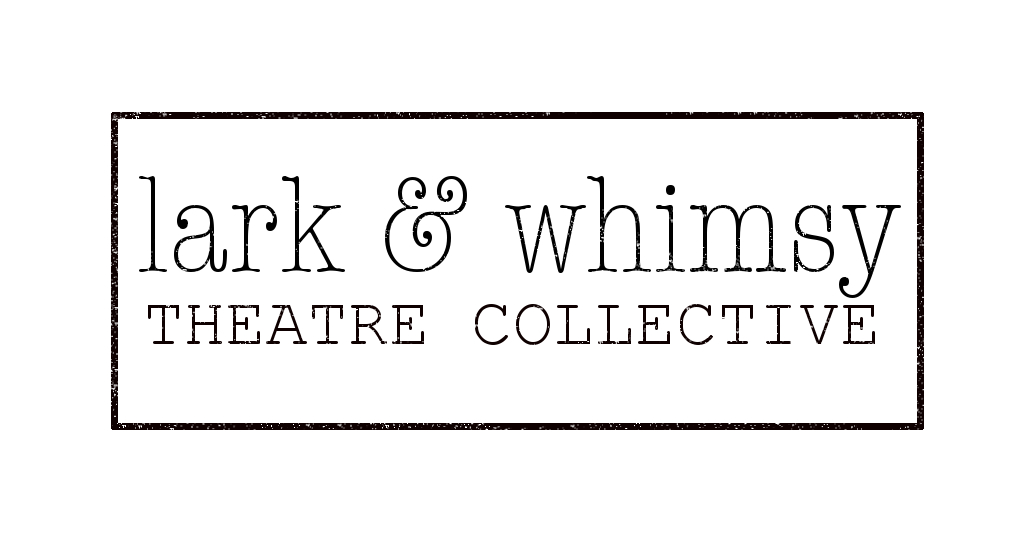IN THE LEAD UP TO THE WORLD PREMIERE OF SALT, THE L&W BLOG WILL BE FEATURING INTERVIEWS WITH THE CREATIVE WOMEN BEHIND THE PROJECT.
For our second instalment, Dora Award-winning designer Anna Treusch sat down with us for a Q&A about working on Salt, what inspires her design work and what she loves most about working in theatre.
What’s your design process for a new show?
My process starts by reading the script, a quick initial read that I approach with instinct. Then I like to talk with the director early on to get their input on their feelings for the text, to see if they have the same general impressions. Then I work out the concepts and themes relevant to the design, the important storytelling features in the show, and a visual concept. I tend to design a concept through research — deeper research if I don’t know the subject matter well, but typically more visual research — gathering pictures from different sources, things that stand out thematically to me. I look for images that have a tone that I think represents the show, not necessary to put literally into the designs, but as a starting point for conversation.
Then I’ll go over my plans with the director, and we’ll see what stands out and why. It’s a very collaborative relationship between a designer and director, especially with a new piece of work. There’s nothing to go on in terms of a production history.
I have a background in visual art so my approach to theatre has always been very visual and I find inspiration in artists that might stand out to me: for example, for my designs for Plucked at SummerWorks, a very absurd show, I pulled from surrealist art and magic surrealism and it was a great conversational starting point.
What has stood out to you so far, in terms of developing the designs for Salt?
Salt is written in a realistic way, with realistic language and relationships, and an audience will need to understand the realness of the character's journey. It’s up to theatre makers to decide how to tell a story within the confines of a theatre and budget certainly plays a role in indie theatre. With a rich language script like Salt, the challenge becomes how you properly interpret the story. Everything you put on stage has to serve a purpose. And if you have limited means you need to be creative, and to ask why things are written in a certain way - what’s the intention and how can it be interpreted.
For the Salt designs, what I drew from most is the idea of paper — construction paper being Petal's escape from the world. I thought about what it represents and means to her, paper being so fragile, and I also thought of that idea in terms of the family. Paper is fragile but has a life — it can reform.
Salt model and image by Anna Treusch
Often when you think of paper, you think of plain white or neutral colours, but Petal chooses to use colourful paper, and I see that as hopeful, it’s her escape. I really wanted the base of the design to be bleak and oppressive in some way, and possibly made in paper. And then we can add colour so that the imagination and storytelling can really pop.
Anchoring will also happen in the props - getting life and details out of those pieces, while the house is in the world of the abstract. If we up end up using paper for the house, the world itself is simple to build, and we can spend time manipulating the space once we get into rehearsal.
What inspires you as an artist?
For me it’s really about collaboration - working with someone who is willing to blow up conventions. I get bored when I’m handed a script that is too literal. I much prefer when there are things to really explore and search out in pieces. And it’s important to have a good relationship with a great director, like Briana Brown on Salt, but it’s also a treat to work with a group of actors that are open to things changing, who can collaborate, who can trust the process and give it space - this is a gift and a rarity. It’s important and fun to have the trust to break down a new play together.
Headshot supplied by Anna Treusch
I come from the visual arts side of things, and I think the reason I’m not solely a visual artist is because I’ve always needed a narrative to be inspired. When I have a narrative, when I have the guidelines of a play, I am the most inspired to make a new piece of art, whether a set, or a costume, and that excites me.
The world premiere of Salt runs from September 17 to 28, 2016 at the Alumnae Theatre, 70 Berkeley St. Toronto. Get your tickets here: saltlarkandwhimsy.brownpapertickets.com.



